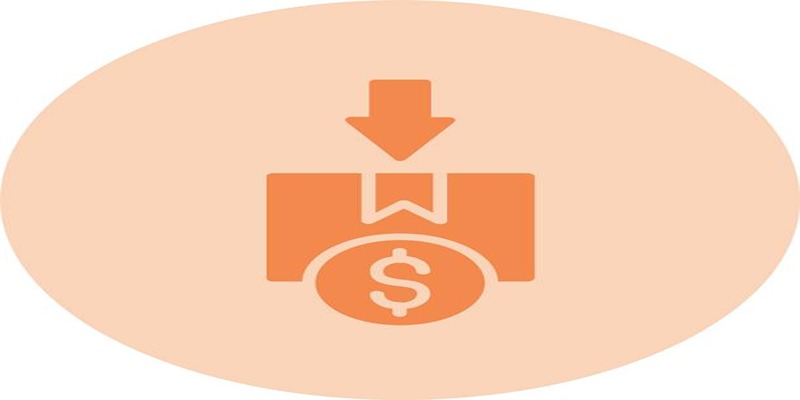When you decide to build your ideal house the process requires special financing through a construction loan. These loans cover the costs of building a house from the ground up or major renovations. Regular home loans differ from construction loans which seem difficult to understand initially. In this blog you will find an explanation of construction loans accompanied by information about standard procedure and steps to streamline your path toward home ownership.
What is a construction loan?
The construction loan serves as short-term funding that builders utilize to pay for their residential and renovation works. Users of construction loans receive their funds through draws as building stages advance rather than receiving full mortgage payouts during closing. Borrowers need to pay interest exclusively on withdrawn funds rather than the total loan amount through this system.
Types of Construction Loans

Construction loans come in two main types: construction-to-permanent loans and standalone construction loans.
Construction-to-Permanent Loans
Also known as single-close loans, these combine both the construction phase and permanent mortgage into one loan. Once the construction phase is complete, the loan automatically converts into a traditional mortgage.
Construction-to-permanent loans typically have lower closing costs and require only one set of fees, making them a popular choice among borrowers.
Standalone Construction Loans
As the name suggests, standalone construction loans are separate loans for the construction phase and permanent mortgage. The borrower will need to apply for a new loan once the construction is completed.
Standalone construction loans may have higher closing costs due to two separate sets of fees, but they offer more flexibility in terms of financing options and can be used for non-traditional or custom-built homes.
Renovation loans
Renovation loans are specifically designed for homeowners who want to renovate or make improvements to their existing property. These loans can be used for minor repairs, major renovations, or even room additions.
One advantage of renovation loans is that the borrower can roll the costs of the renovation into their mortgage, making it a more affordable option than taking out a separate loan. These types of loans also typically have lower interest rates compared to other home improvement financing options.
How Construction Loans Work
Construction loans are different from traditional mortgages in that they are specifically designed for financing new construction projects. These loans have a few key differences that borrowers should be aware of before taking one out.
1. Construction Period
The main difference between construction loans and traditional mortgages is the construction period. With a traditional mortgage, the borrower receives the full loan amount upfront and begins making payments immediately.
However, with a construction loan, the funds are released in increments as the project progresses. This is known as "draws" and each draw is typically tied to a specific stage of completion, such as pouring the foundation or completing framing.
2. Interest Rates
Another important difference between construction loans and traditional mortgages is the interest rates. Construction loans typically have higher interest rates compared to traditional mortgages. This is because construction loans are considered riskier for lenders since they are based on the projected value of the completed project rather than an existing property.
Construction loans usually have variable interest rates rather than fixed rates like traditional mortgages. This means that the interest rate can fluctuate during the construction period, which can affect the borrower's monthly payments.
3. Repayment
Repayment terms also differ between construction loans and traditional mortgages. Traditional mortgages typically have longer repayment periods, ranging from 15 to 30 years, whereas construction loans have shorter repayment terms ranging from six months to two years.
During the construction period, borrowers typically only make interest payments on the loan. Once the project is completed, the borrower must repay the remaining balance in one lump sum or convert it into a traditional mortgage.
4. Eligibility
The eligibility criteria for construction loans may also differ from traditional mortgages. In addition to meeting income and credit requirements, borrowers may also need to provide detailed project plans and specifications, as well as proof of a down payment. Lenders may also require the borrower to have a professional builder or contractor for the project. Borrowers should be prepared to provide thorough documentation and meet all necessary criteria in order to qualify for a construction loan.
Benefits of Construction Loans

Construction loans offer several benefits for borrowers looking to build or renovate a home. These benefits include:
- Interest-only payments: Some construction loans allow for interest-only payments during the construction phase, which can help alleviate financial strain while the borrower is still making mortgage payments on their current residence.
- Building equity: With a construction loan, borrowers are able to start building equity in their new home even before it is completed. This can be advantageous for those who plan on selling their current residence and using the profits to pay off the construction loan.
- Frees up cash flow: Using a construction loan allows borrowers to keep their cash reserves available for other expenses, such as furnishing the new home or covering unexpected costs during the construction process.
Considerations for Borrowers
- Financial stability: Before applying for a construction loan, borrowers should have a stable income and good credit score to increase their chances of approval. Lenders will also look at the borrower's debt-to-income ratio to determine if they can afford the loan.
- Detailed plan: Lenders will require a detailed plan and cost estimates from contractors before approving a construction loan. This includes blueprints, permits, and timelines for completion.
- Contingency plans: Construction projects can often encounter unexpected delays or costs. Borrowers should have contingency plans in place to cover these unforeseen circumstances.
Alternatives to Construction Loans
While construction loans can be beneficial in certain situations, they may not be the best option for everyone. Some alternatives to consider include:
Renovation loans
If you're looking to make smaller renovations or updates to an existing property, a renovation loan may be a better fit. These types of loans typically have lower interest rates and more flexible repayment terms than construction loans.
Conclusion
Choosing the right financing option for your construction project depends on your financial situation, long-term goals, and the specifics of your project. Consulting with a financial advisor or lender can help you make an informed decision and ensure that your project stays on budget and on track.












